Order: Passeriformes. Family: Muscicapidae
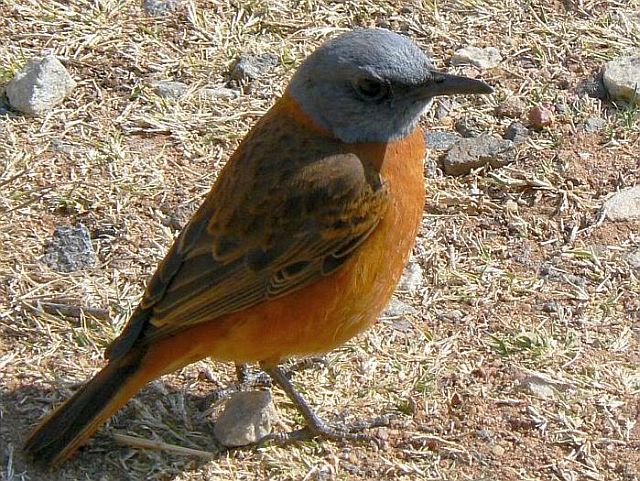
Male, Marakele National Park
Description:
Length 21-22 cm, weight about 60 g. The largest Rock Thrush in the region with a slate grey head, throat and upper breast. The eyes are brown.
Adult male: Blue-grey head and throat contrast with rufous-orange underparts. Upperparts are mostly dark brown and rufous. The bill is black, the eyes brown, and the legs brown to black.
Adult female: Similar to the male, except that the underparts are duller and the head is mainly brown, streaked black, with white markings on the face and throat.
Juvenile: Brown with buff mottles above, and rufous with black mottles below.
Similar species: It can be confused with the similar Sentinel Rock Thrush which occupies similar habitat, and with the Short-toed Rock Thrush with which the overlap is smaller. The male differs from male Sentinel Rock Thrush in having a brown (not blue) back and forewing and by the blue on the throat not extending onto the upper breast. Can be confused with the male Short-toed Rock Thrush that has a blue-grey back and a whitish crown. The female has richer red underparts than other rock-thrushes.
Distribution
Endemic to South Africa (eastern and southern South Africa), Swaziland and Lesotho. The distribution of the Cape Rock Thrush coincides with the distribution of mountainous terrain in the mesic parts of South Africa, Lesotho and Swaziland. West of 22°E it is confined to the Cape fold mountains and it does not occur on the escarpment of the Great Plateau where more arid conditions prevail. East of 22°E it occurs from the coast inland to the escarpment and beyond, but not into the relatively arid central and western interior. At the eastern extremity of its range it occurs on the Lebombo range of far northern KwaZulu-Natal, eastern Swaziland and extreme southern Mozambique. In the Transvaal it is found on the escarpment and other mountain ranges, with the Soutpansberg being the most northerly outpost.
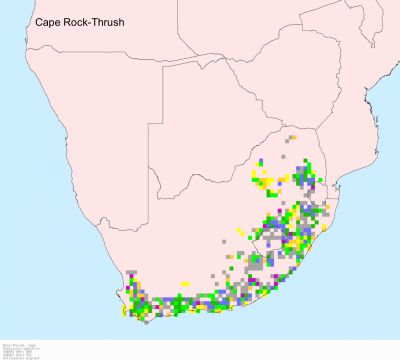
Habitat
Common in mountainous rocky areas in relatively high-rainfall regions with scattered vegetation, but it also occurs in gorges, incised river valleys, foothills and in lowlands adjacent to mountains. Also found in villages and towns adjacent to these habitats.
Diet
It mostly forages on the ground feeding on insects, spiders, and other invertebrates as well as molluscs, frogs, fruit and seeds. It is attracted to recently burnt areas.
Breeding
Monogamous, solitary nester, with the male vigorously defending his territory against both other males and other species. It has even been observed chasing and attacking another male which dared wander into its territory. The nest is a messy platform built of twigs, grass, roots and soil, with a cup-shaped cavity set into the top. It is typically placed in a rock crevice or on the ledge of a cliff or building, sometimes reusing the same nest over multiple breeding seasons. Egg-laying season is from September-February, peaking from September-December. he female lays 2-4 eggs, which are mainly incubated by the female for about 14-16 days. The chicks are fed by both parents on a diet of arthropods, leaving the nest after about 16 days and becoming fully independent about 10 days later.
Call
Mellow whistling notes by both sexes, weetleoo pee pee chitrrr, whittoo chu wee. Listen to Bird Call.
Status
Endemic. Fairly common resident.



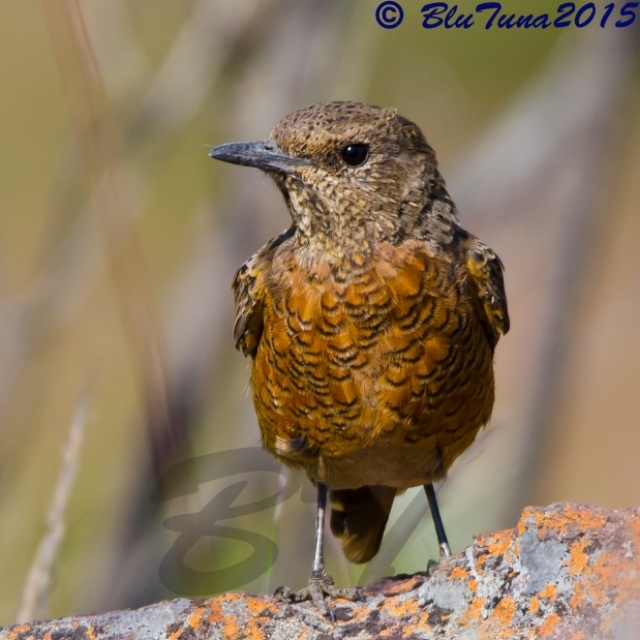 © BluTuna
© BluTuna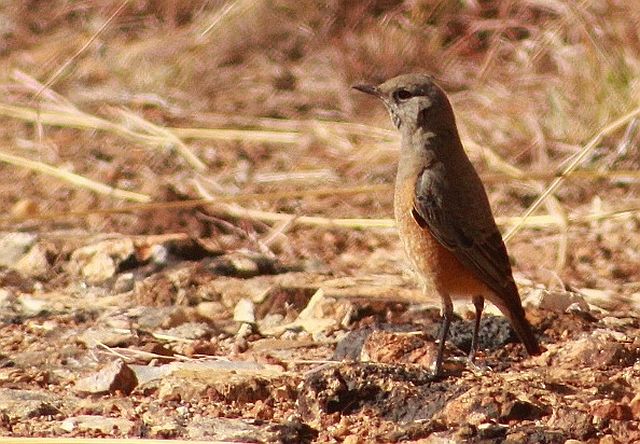 © Amoli
© Amoli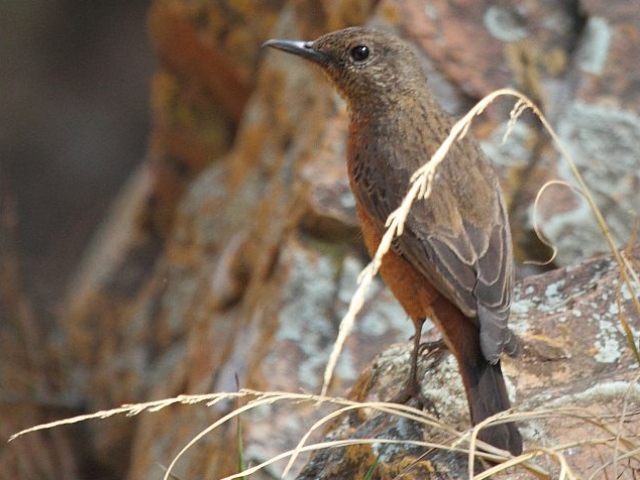 © Duke
© Duke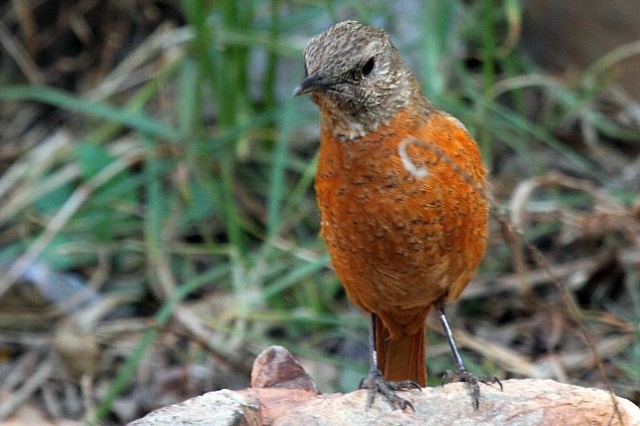 © Duke
© Duke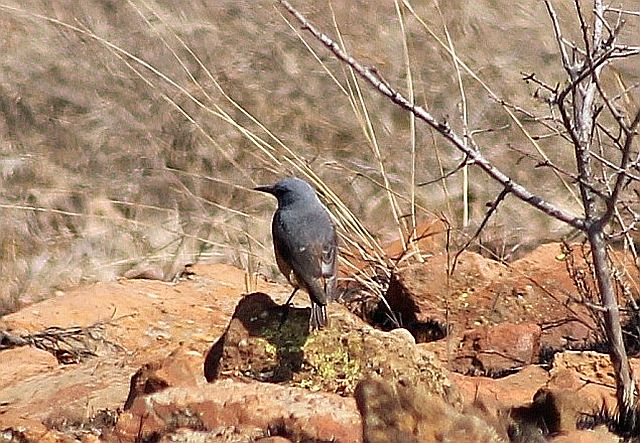
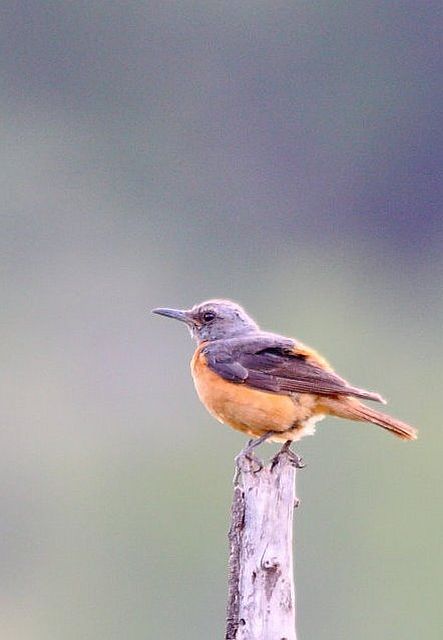
 © Flutterby
© Flutterby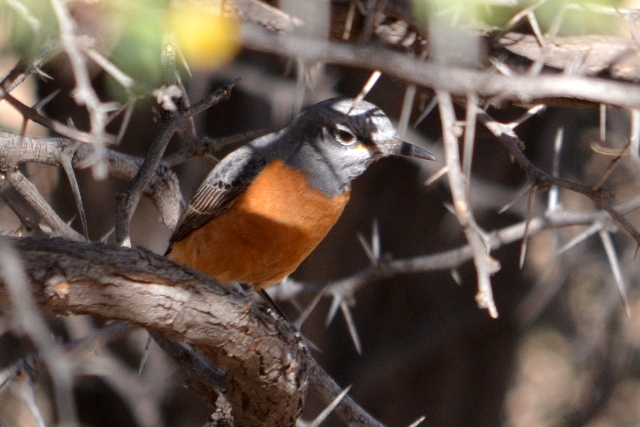 © Mel
© Mel © Michele Nel
© Michele Nel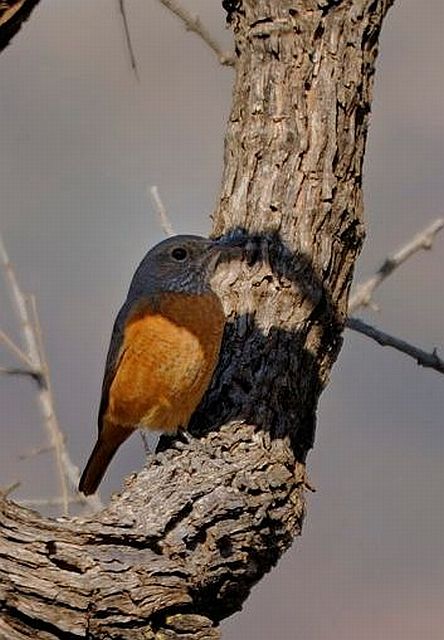 © Dewi
© Dewi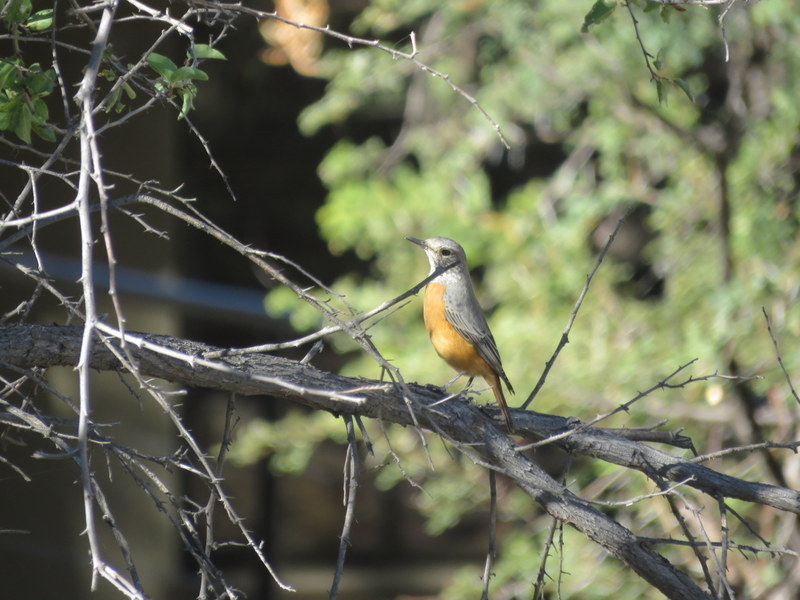 © puppy
© puppy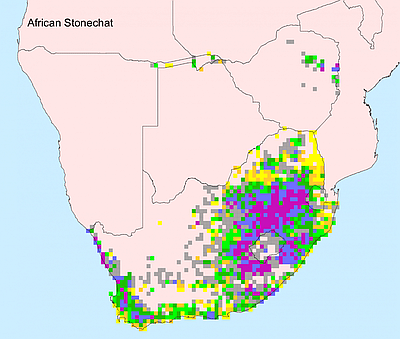
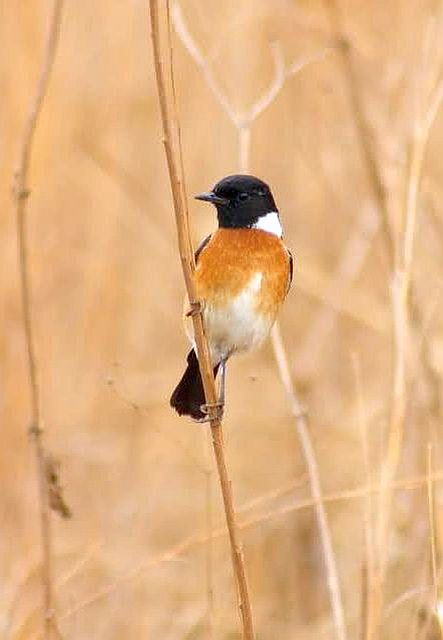 © Flutterby
© Flutterby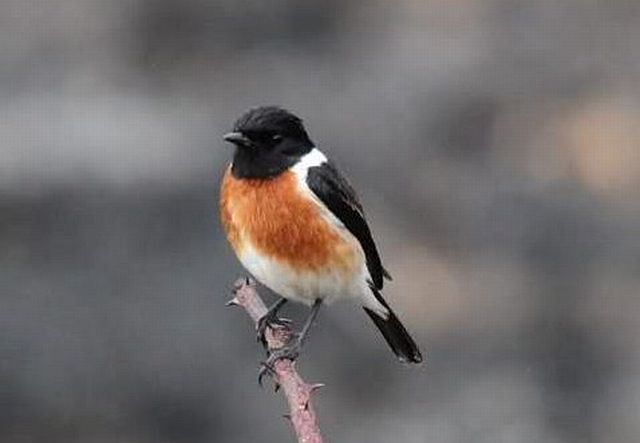 © pooky
© pooky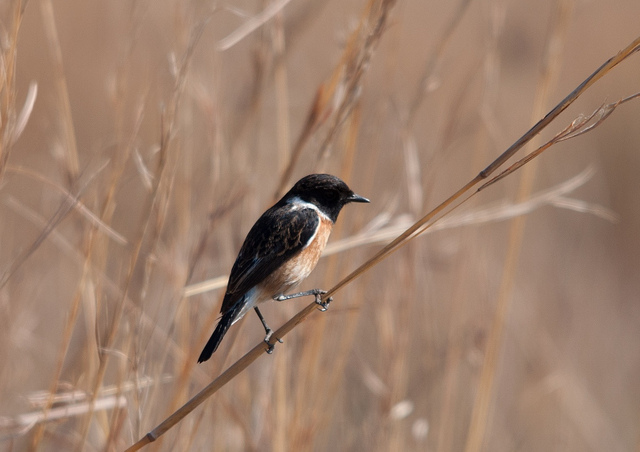 © Joan
© Joan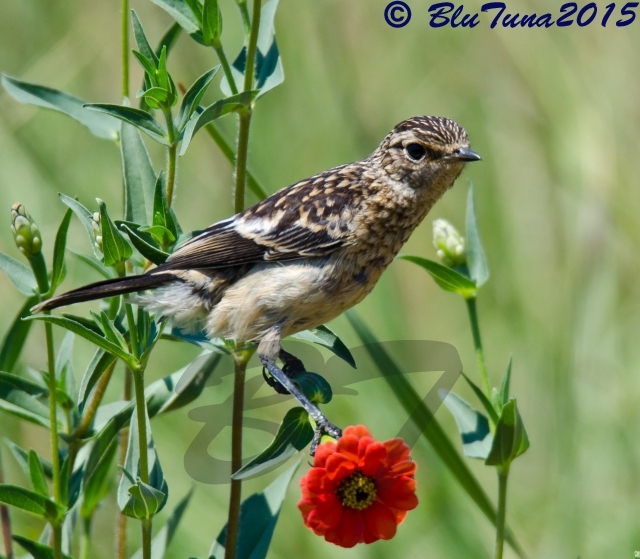 © BluTuna
© BluTuna
 © Mel
© Mel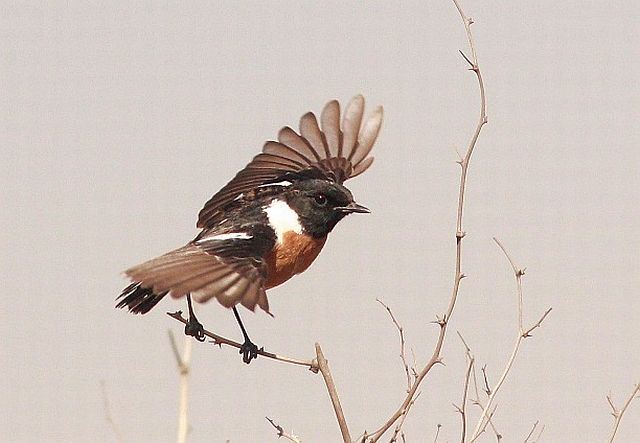 © Amoli
© Amoli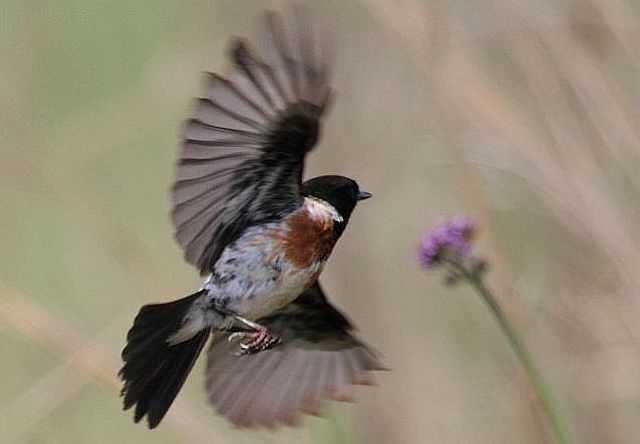 © Duke
© Duke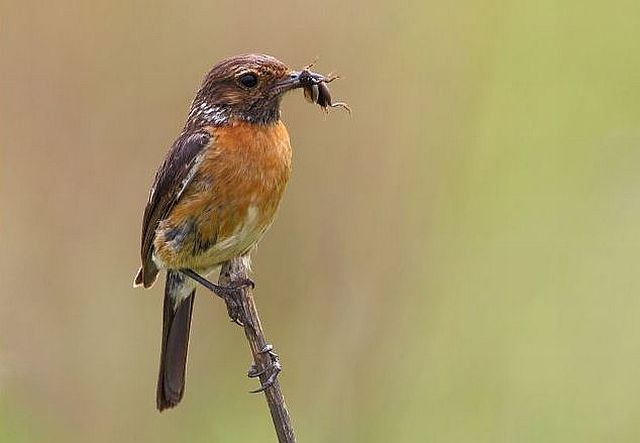 © Duke
© Duke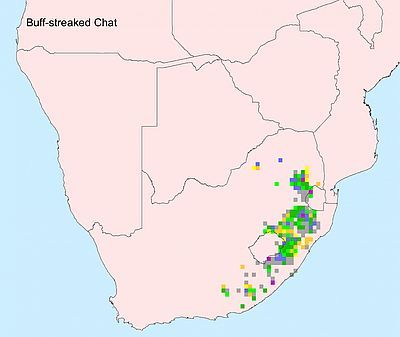
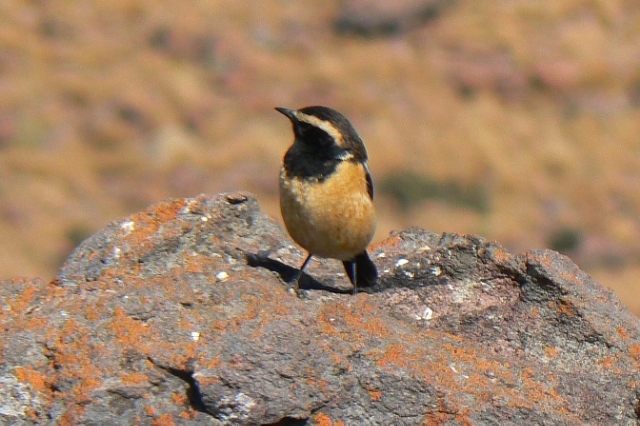 © Toko
© Toko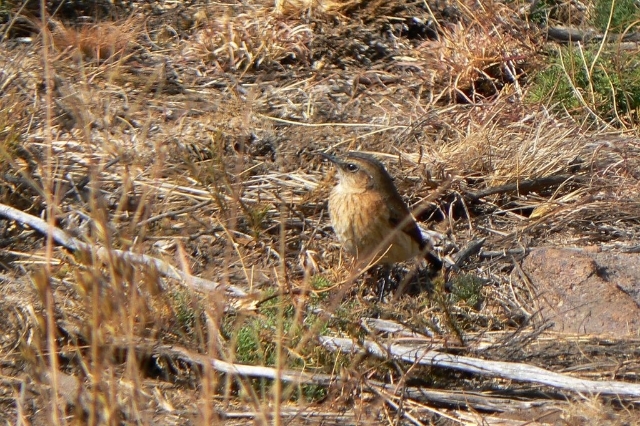 © Toko
© Toko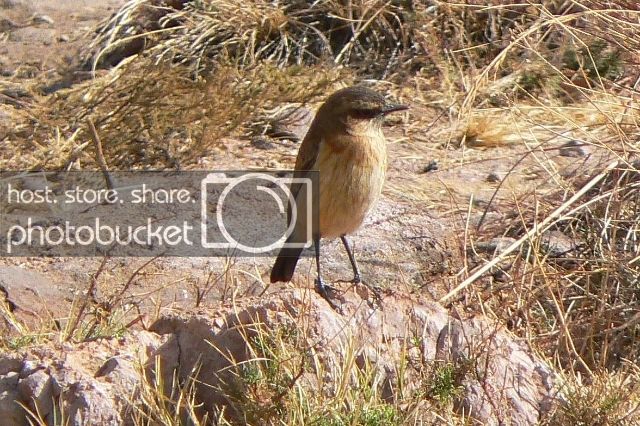 © Toko
© Toko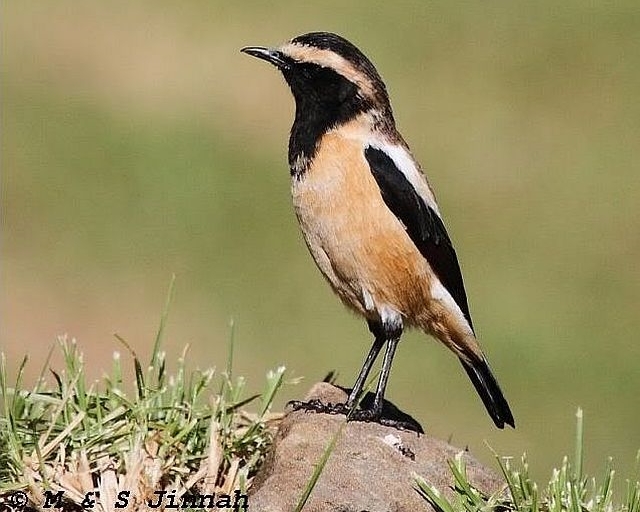 © Sharifa
© Sharifa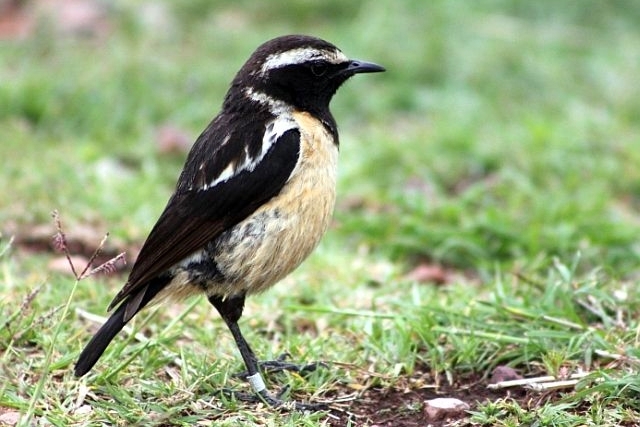 © mma_ramotswe
© mma_ramotswe